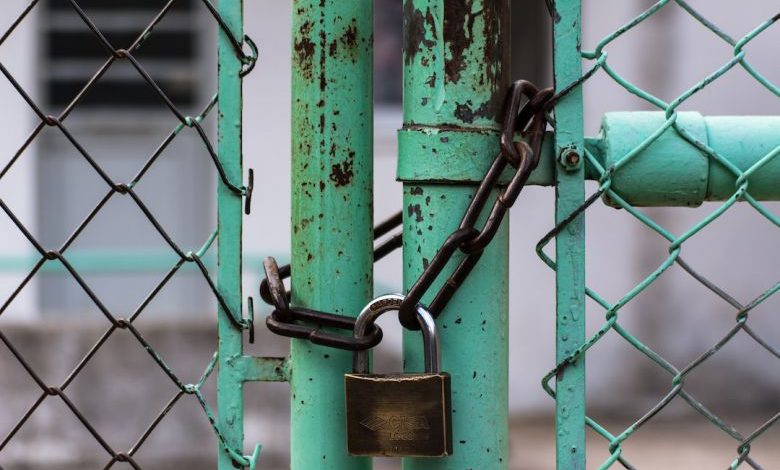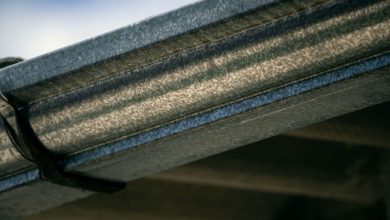How Do I Build a Secure and Sturdy Fence around My Property?

Protecting your property and ensuring privacy are important considerations for any homeowner. One effective way to achieve both is by building a secure and sturdy fence around your property. A well-constructed fence not only enhances the aesthetic appeal of your home but also acts as a deterrent to unwanted visitors. In this article, we will discuss the key steps involved in building a fence that is both secure and sturdy.
Choosing the Right Materials
The first step in building a secure and sturdy fence is selecting the right materials. The choice of materials depends on various factors, such as your budget, desired level of security, and the overall look you want to achieve. Some popular options include wood, vinyl, metal, and composite materials.
Wood is a classic choice that offers a natural and timeless look. However, it requires regular maintenance to prevent rot and decay. Vinyl, on the other hand, is low maintenance and provides excellent durability and resistance to weather conditions. Metal fences, such as wrought iron or aluminum, offer a high level of security but may require more maintenance. Composite materials are a newer option that combines the best qualities of wood and plastic, offering a low-maintenance and long-lasting solution.
Planning and Measuring
Before starting the construction process, it is essential to plan and measure your property accurately. This will help you determine the amount of materials needed and ensure that your fence is built on your property line. Contacting your local zoning department to understand any height restrictions or permits required is also important.
Digging the Post Holes
Once you have planned and measured, the next step is to dig the post holes. The depth and width of the holes depend on the type of fence and soil conditions in your area. As a general rule, the holes should be at least one-third the height of the fence post. Use a post hole digger or an auger to dig the holes and make sure they are evenly spaced for a balanced and sturdy fence.
Setting the Posts
After the holes are dug, it is time to set the posts. Start by placing a layer of gravel at the bottom of each hole to facilitate drainage. Then, set the posts in the holes and fill them with concrete or compacted soil. Ensure that the posts are level and plumb using a spirit level. Allow the concrete to dry and cure according to the manufacturer’s instructions before proceeding.
Installing the Rails and Panels
Once the posts are set, it is time to install the rails and panels. Rails provide structural support to the fence, while panels add privacy and security. Measure the distance between the posts and cut the rails accordingly. Attach the rails to the posts using galvanized nails or screws, ensuring they are level and evenly spaced.
Next, attach the panels to the rails using appropriate fasteners, such as screws or brackets. Make sure the panels are securely attached and aligned properly. Depending on the type of fence, you may need to repeat this process for multiple layers of rails and panels.
Adding Finishing Touches
To complete your secure and sturdy fence, add some finishing touches. This includes applying a protective finish or paint to the wood, metal, or composite materials. A protective finish not only enhances the appearance of the fence but also helps protect it from weather elements and extends its lifespan.
Additionally, consider adding gate(s) to provide access to your property. Gates should be as secure and sturdy as the rest of the fence and equipped with high-quality locks or latches. This will further enhance the security of your property.
Maintaining Your Fence
Lastly, regular maintenance is crucial to keep your fence secure and sturdy for years to come. Inspect the fence periodically for any signs of damage or wear, such as loose posts or panels. Repair or replace any damaged components promptly to prevent further deterioration. Clean the fence regularly to remove dirt, debris, and any mold or mildew that may accumulate.
In conclusion, building a secure and sturdy fence around your property requires careful planning, accurate measurements, and the right choice of materials. By following the steps outlined in this article, you can create a fence that not only adds value to your home but also provides privacy and security for you and your family. Remember to maintain your fence regularly to ensure its longevity and effectiveness.




